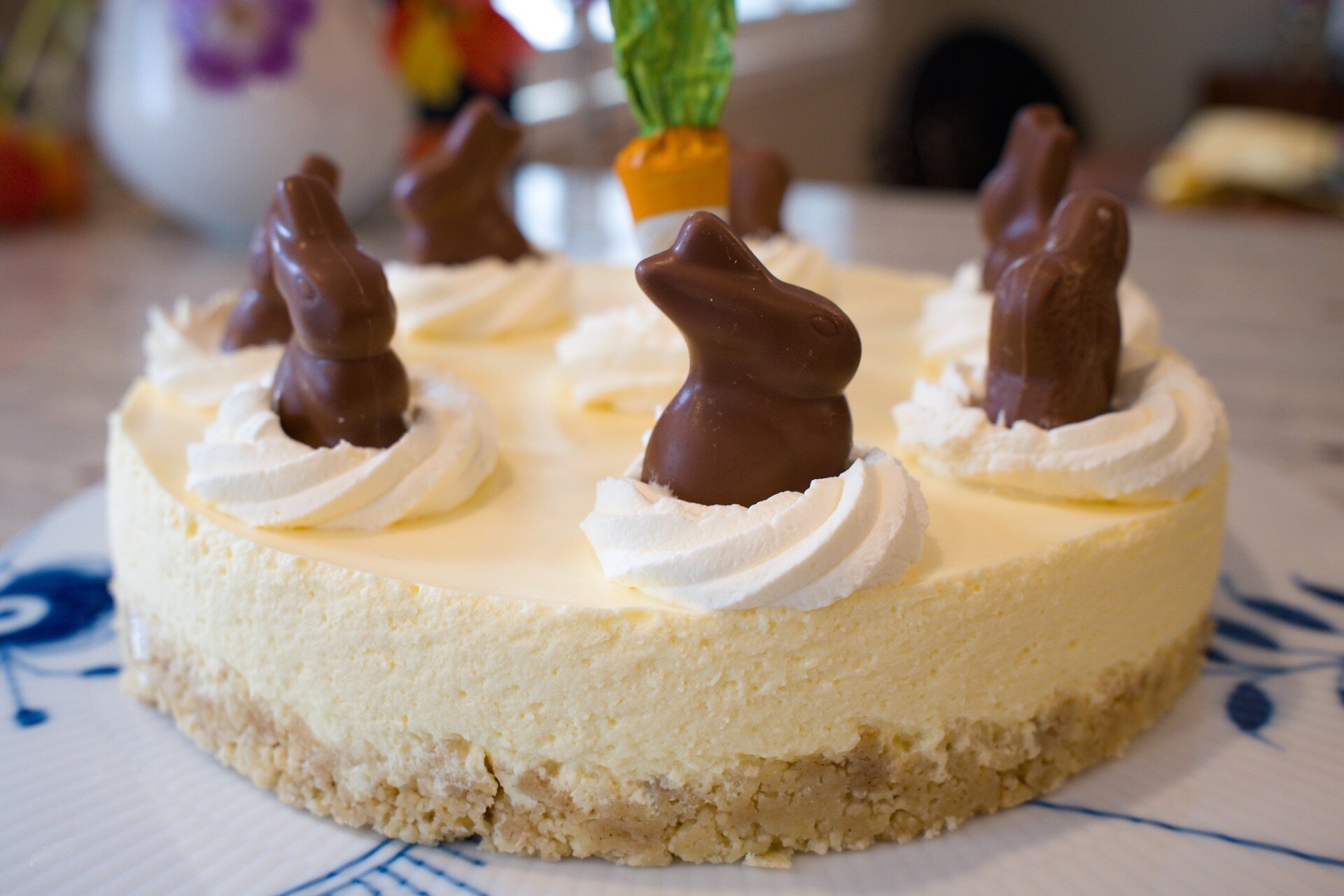Kransekage - Danish Almond Wedding Cake.
For me this is not a wedding cake, but a New Years Eve cake. Most Danes celebrates New Year by drinking champagne and eating kransekage. This year I decided to make numbers instead of the traditional top.
You get the best cake by using a mazipan/almond paste with more than 63% almonds, otherwise the cake will flatten, and flow out during the baking, masking a cookie.
Kransekage should be crispy outside and a soft inside.
Happy New Year from Copenhagen Denmark.
Makes about 100 cm kransekage (6 rings and the top ball)
Ingredients:
Kransekage:
75g almonds blanched or ¾ cup slivered almonds
150 g (1 cup) sugar
1½ (48 g) egg whites
375 g marzipan, use Ren Rå marcipan or this Almond Paste
Icing:
confectionary sugar (powdered sugar)
egg white
water
Directions:
Put almonds and sugar into food processor with the steel blade in place and process until finely pulverized. Add the egg whites and process until smooth. Be careful not to heat the mass to more than 95 - 104°F, else the egg white will cook.
Shred the marzipan and add it and the almond/egg white mixture to a stand mixer fitted with the paddle attachment. Beat it until it's completely smooth and free of lumps. Form the dough into a ball, and refrigerate for 2-3 hours.
Preheat oven to 375℉ (190℃).
Weigh out 400 g Doug and roll it into a 70 cm log. By during this, you will get the perfect size kransekage, whether. you make pieces, a number cake or a top.
Bake the kransekage for 12 minutes or on til golden brown.
With the palm of your hand gently press each log into a rounded triangle. You can wet you hands a little so the dough won’t stick to your hands.
Form the logs into circles on the parchment paper. Make sure to connect the ends really well.
Cutting the log up making rings.
For the numbers you need 12 cm + 4 cm for the number 2. and 22 cm for the number 0.
If you make a top, you start with 7 cm, and roll it into a ball. For the next ring add 2 cm, so you form a ring out og the 9 cm piece. For each remaing ring add another 2 cm, this will make a perfect top. With this amount of dough, you can make a top with 6 rings and a top ball. (7 cm, 9 cm, 11 cm, 13 cm, 15cm , 17 cm, 19 cm )
A trick to making Danish Kransekage, is to make the rings tall. When you cut the rings or pieces is should be in the shape of a triangle.
Here you see the shape of rings or pieces cut through.
Don’t use the kransekage pans, the rings will become rounded on the bottom, and harder to stack. Shape the kransekage with your hands.
Bake the kransekage on parchment paper, on a double baking sheet, this will prevent the bottom from burning.
Mix the powdered sugar with egg white and water.
When making the icing, it should be thick, not runny at all. Put the icing in a piping bag, cut a tiny tiny hole in the bag. I use half water and half egg whites for the icing.
When piping the icing shouldn't be runny. You almost place the thin line of icing on the kransekage. the piping take time, don't rush it.
If you make a top place the rings on top of each other, lifting the rings with your fingers like hooks inside the rings. Glue the rings together with small dots of icing.
Enjoy!








